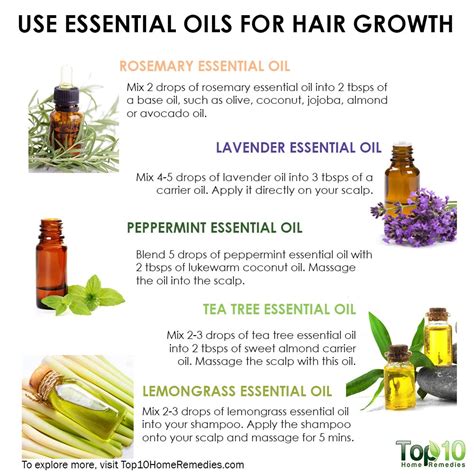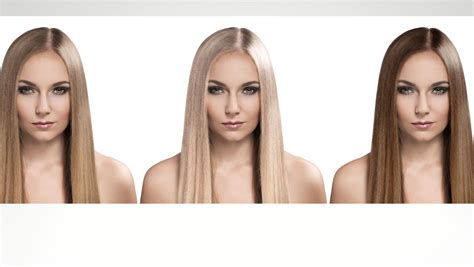Introduction
Hair color application is an art form that allows individuals to express their creativity and enhance their overall appearance. With the advancements in hair coloring technology and the availability of numerous products, it has become easier than ever to achieve the desired hair color. This comprehensive guide will delve into the intricacies of hair color application, providing insights into the different types of hair coloring techniques, tips for choosing the right hair color, and step-by-step instructions on how to apply hair color.

Types of Hair Coloring Techniques
1. Permanent Hair Coloring
Permanent hair coloring penetrates the hair shaft and alters the pigment permanently. It is the most drastic and long-lasting option, typically lasting several weeks to months. This type of coloring is ideal for those who want a dramatic change in their hair color or have significant gray coverage needs.
2. Semi-Permanent Hair Coloring
Semi-permanent hair coloring deposits color on the surface of the hair shaft, lasting for approximately 4-6 weeks. It does not contain ammonia and is less damaging to the hair than permanent hair coloring. This option is suitable for those who want a temporary color change or to enhance their natural hair color.
3. Temporary Hair Coloring
Temporary hair coloring washes out after one or a few washes. It is the least invasive type of hair coloring and is perfect for special occasions or trying out different colors without commitment. Temporary hair coloring is often used in hair sprays, chalks, and mousses.
Choosing the Right Hair Color
Selecting the right hair color is crucial to achieving a flattering and desired outcome. Here are some factors to consider:
1. Skin Tone
Skin tone plays a significant role in hair color selection. Warm skin tones complement warm hair colors such as golden blonde, copper, and chestnut brown. Cool skin tones match well with cool hair colors like platinum blonde, silver, and ash brown.
2. Eye Color
Eye color can also influence the choice of hair color. Blue and green eyes often look best with cool hair colors, while brown eyes are more versatile and can complement both warm and cool hair colors.
3. Personal Style
Ultimately, personal style should guide the hair color decision. Bold and adventurous individuals may opt for vibrant and unconventional colors, while those seeking a more classic look may prefer natural-looking shades.
Step-by-Step Hair Color Application
Materials:
- Hair color kit (including hair color, developer, and gloves)
- Bowl and applicator brush
- Old towel or cape
- Petroleum jelly
- Shower cap
Instructions:
1. Preparation
- Protect your clothing with an old towel or cape.
- Apply petroleum jelly around your hairline to prevent skin staining.
- Divide your hair into sections for easier application.
- Wear gloves to protect your hands.
2. Mixing Hair Color
- Combine the hair color and developer in a bowl according to the manufacturer’s instructions.
- Stir the mixture thoroughly until it reaches a smooth consistency.
3. Application
- Starting with the roots, apply the hair color using an applicator brush.
- Work in small sections, ensuring the hair is fully saturated.
- Avoid getting hair color on your scalp or skin.
- Use a shower cap to cover the hair and allow the color to process.
4. Processing Time
- The processing time varies depending on the hair color and brand.
- Follow the manufacturer’s instructions carefully.
- Do not leave the hair color on for longer than the recommended time to avoid damage.
5. Rinsing and Conditioning
- Rinse the hair thoroughly with cool water until the water runs clear.
- Use a color-protecting shampoo and conditioner to seal in the color.
- Avoid using heat styling tools for at least 24 hours after coloring.
Tips for Maintaining Hair Color
1. Use Color-Protecting Products
Invest in color-protecting shampoos, conditioners, and leave-in treatments to prolong the life of your hair color. These products contain ingredients that prevent fading and preserve vibrancy.
2. Minimize Heat Styling
Excessive heat can damage hair and accelerate color fading. Limit the use of heat styling tools, and always apply a heat protectant spray before styling.
3. Touch-up Regularly
To maintain a vibrant and consistent hair color, touch-up roots every 4-6 weeks. This will prevent unflattering roots and keep your hair looking fresh.
Effective Strategies for Avoiding Hair Damage During Color Application
1. Pre-Color Treatment
Use a deep conditioning treatment a few days before coloring to strengthen your hair and reduce porosity. This will help prevent damage during the coloring process.
2. Sectioning and Application
Divide your hair into sections and apply the hair color carefully to avoid unevenness and over-processing.
3. Avoid Over-Processing
Follow the manufacturer’s instructions for processing time and do not exceed it. Over-processing can lead to dryness, breakage, and color damage.
4. Use Bond Strengthening Additives
Add Olaplex or other bond strengthening additives to the hair color mixture to protect the hair from damage during the coloring process.
Frequently Asked Questions (FAQs)
1. How often should I color my hair?
The frequency of hair coloring depends on the growth rate of your hair and the desired level of color maintenance. Generally, touch-ups are recommended every 4-6 weeks.
2. Can I color my hair myself?
Yes, you can color your hair yourself using an at-home hair color kit. However, it is essential to carefully follow the instructions and take precautions to avoid damage.
3. How do I remove hair color from my skin?
To remove hair color from your skin, use a makeup remover or a mixture of lemon juice and baking soda. Gently scrub the stained area and rinse with water.
4. What is the difference between box color and salon color?
Box color is a convenient and affordable option for home hair coloring. However, salon color typically uses higher-quality ingredients and is applied by a professional, resulting in more predictable and long-lasting results.
Conclusion
Hair color application is a transformative process that allows individuals to express themselves and enhance their appearance. By understanding the different hair coloring techniques, choosing the right hair color, and following proper application and maintenance techniques, you can achieve the desired hair color while minimizing damage
